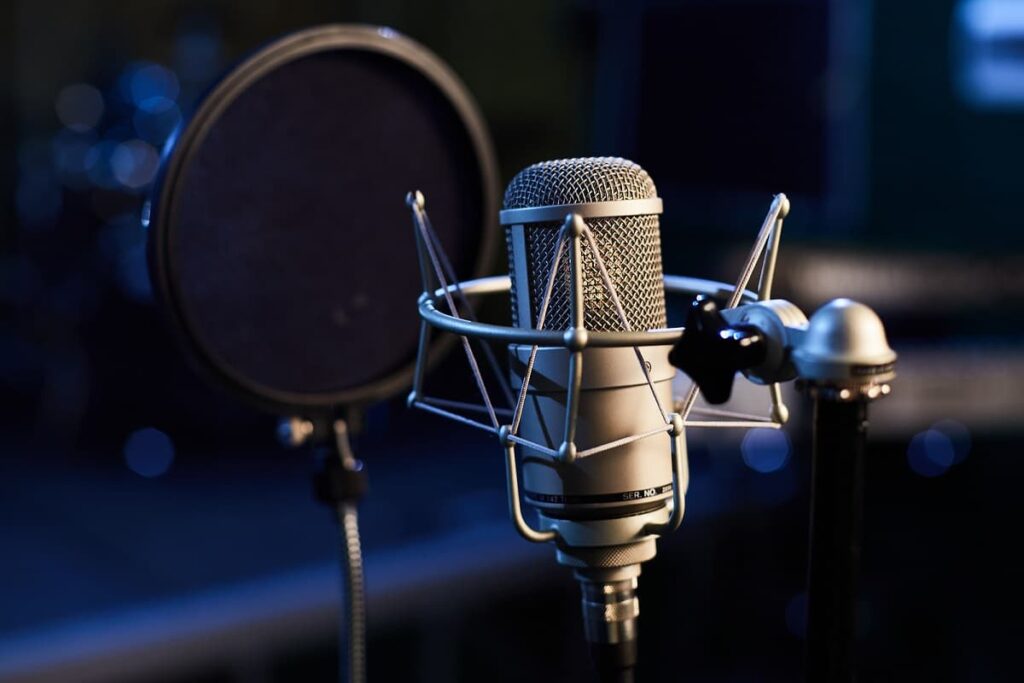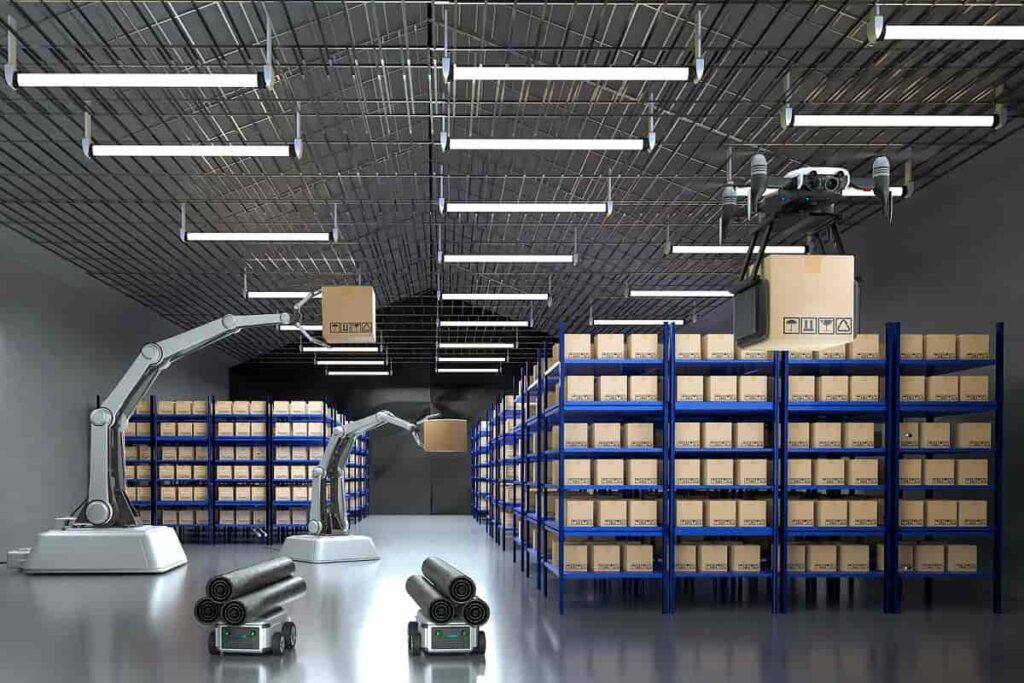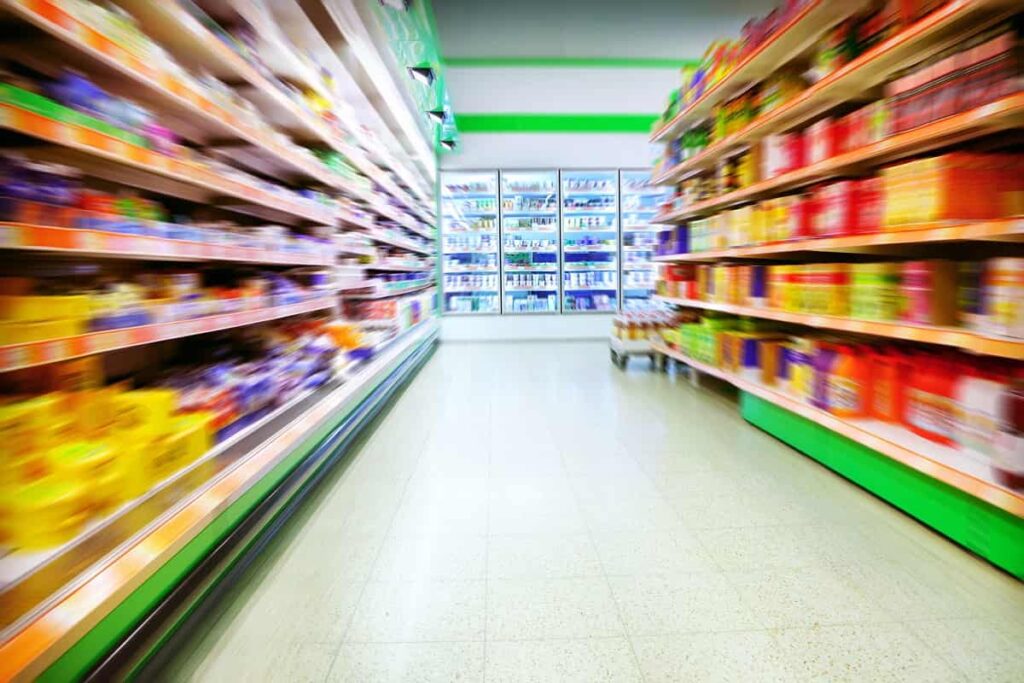Smart Receipts and Why We Should Use Them
Table of contents

When it comes to saving the planet, you can’t just start demanding people change their behaviors. Jumping up on some political soapbox and challenging people’s belief systems won’t work either, because not everyone can agree on the extent to which humans have managed to damage the only planet they have at the moment. What we need to do instead, is make it easy for people to save the planet. Bonus points if you can come up with an easy way to save the planet and help some investors make money while doing so. Sometimes it’s the little things that you can change seamlessly, like moving from paper receipts to smart receipts.

Now before we get into talking about smart receipts, let’s try to understand the problem we’re solving for first. Do receipts really cause that much damage to the environment? Do farting cows really cause methane levels to rise? While we can’t answer the second question, let’s try to tackle the first one.
Receipt paper is actually a special type of paper called “thermal paper” which means it doesn’t require ink for printing. It uses heat instead. When you’re standing in line watching the cashier slowly replace that roll of receipt paper in the register while everyone behind you waits impatiently, the lady who is touching that receipt paper (no, we’re not being sexist pigs, 73% of cashiers are female) is receiving a dose of bisphenol (BPA) through her skin. (BPA is one of the most widely used chemicals worldwide). Turns out, store receipts are a major contributor to your body’s intake of the hormone-disrupting chemicals BPA and bisphenol S (BPS) with 93% of receipts containing either chemical, that’s according to a great report by Ecology Center on the topic. The only way we want to be ingesting poisonous chemicals through our skin is if they give us a decent buzz.
Then, there’s all the paper that’s being used for receipts, 90% of which are simply discarded. That’s according to an article by Hacker Noon that goes on to say “12.4 million trees and 13 billion gallons of water are consumed each year in the creation of paper receipts, generating 1.5 billion pounds of waste and 4 billion pounds of CO2.” Now that we can all agree that doing away with receipts is not the worst idea, let’s take a look at a number of startups around the globe trying to make this happen.
Smart Receipts Using Your Email
Founded in 2014, Florida startup flexReceipts has taken in $4 million in funding to develop “the leading enhanced digital receipts solution allowing retailers to engage with their customers to drive loyalty and sales.” The business model here is to solicit a customer for an email address and then send them a digital receipt. Turns out that up to 75% of shoppers provide valid emails in return for digital receipts, and when they receive those digital receipts, they open them 3-5 times. Receipts are easily customizable to include compelling personalization, loyalty incentives, dynamic product recommendations, valuable coupons, shopper surveys, and much more.
Brands that have signed on to use this technology include names like GNC, Under Armour, Oakley, and 5.11 Tactical. (Bit of a tangent here, but if you’re a traveler, do yourself a favor and buy a 5.11 Tactical backpack and you’ll thank us for it later.)
Smart Receipts From Your Bank
Founded in 2016, Australian startup Slyp has taken in $2.6 million in funding to eliminate paper receipts for good by “instantly delivering an interactive smart receipt to your banking app post-purchase.” The use case from a customer’s perspective is pretty straightforward. The customer no longer needs paper receipts anymore. Of course, the retailer needs to support the app, and that means that you have somewhat of a Catch-22. That’s why Slyp has been trialing their product offering before rolling it out, and as of last month, the plan is as follows (according to an article by CIO in October of this year):
Over the past year NAB has run a proof of concept using Slyp with a handful of merchants and a few hundred customers. In the coming months, the start-up will announce launch merchants and “additional strategic partnerships to help Slyp turbo-charge their merchant acquisition nationally”. The availability of Slyp smart receipts will begin with NAB business banking customer merchants and app-users in 2019.
If it works in the Land Down Under, it will probably be rolled out to other countries as well.
Moving Towards Smart Receipts


The next step might involve integrating the app with the most popular Point-Of-Sale (POS) systems so that the data can be captured seamlessly, just like what this next company has done.
Smart Receipts for Any POS System

In case you’re wondering, the #1 provider of POS terminals is a $3.7 billion French company called Ingenico Group (ING:FP) which made the following statement in their 2017 annual report:
Another area where Ingenico Group seeks to be a pioneer is in paperless electronic payment receipts. Here again, the benefit is twofold as, through this solution, the Group is helping to minimize the environmental footprint of each transaction by replacing the paper receipt with a digital one, and is also helping to reduce operating costs for the merchant.
If any of these startups can get enough traction behind their business models, maybe a company like Ingenico will step in and give their investors a lucrative exit. If you’re a freshly-minted MBA and looking to start your own smart receipt startup, why not look towards bars and restaurants? How many times have you been completely smashed and saved your receipt to see how much you spent the next morning? Exactly. Restaurants and bars happen to be the source of 38% of all receipts, more than any other category.

Let us know when you have some traction with that idea and we’ll write an article about your success story. You’re welcome.
Conclusion
It’s always interesting to hear Americans talk about how behavior needs to change in their own country, yet most seem to be unaware of the massive problems that exist in most poor countries. Go spend some time in any third-world country and you can watch people literally just discard trash anywhere and everywhere. It will take decades to change this behavior, so the answer might be to give them less trash to throw away. Alternatively, give them trash that’s biodegradable, then instead of littering they’ll now be helping to fertilize plants along the roadside. In some of the world’s poorest countries, you’ll see that a good number of people have money for smartphones and cigarettes – two of life’s little pleasures. Let’s start putting those cigarette receipts on those smartphones and make an impact without having to force our belief systems on anyone.
Sign up to our newsletter to get more of our great research delivered straight to your inbox!
Nanalyze Weekly includes useful insights written by our team of underpaid MBAs, research on new disruptive technology stocks flying under the radar, and summaries of our recent research. Always 100% free.
















